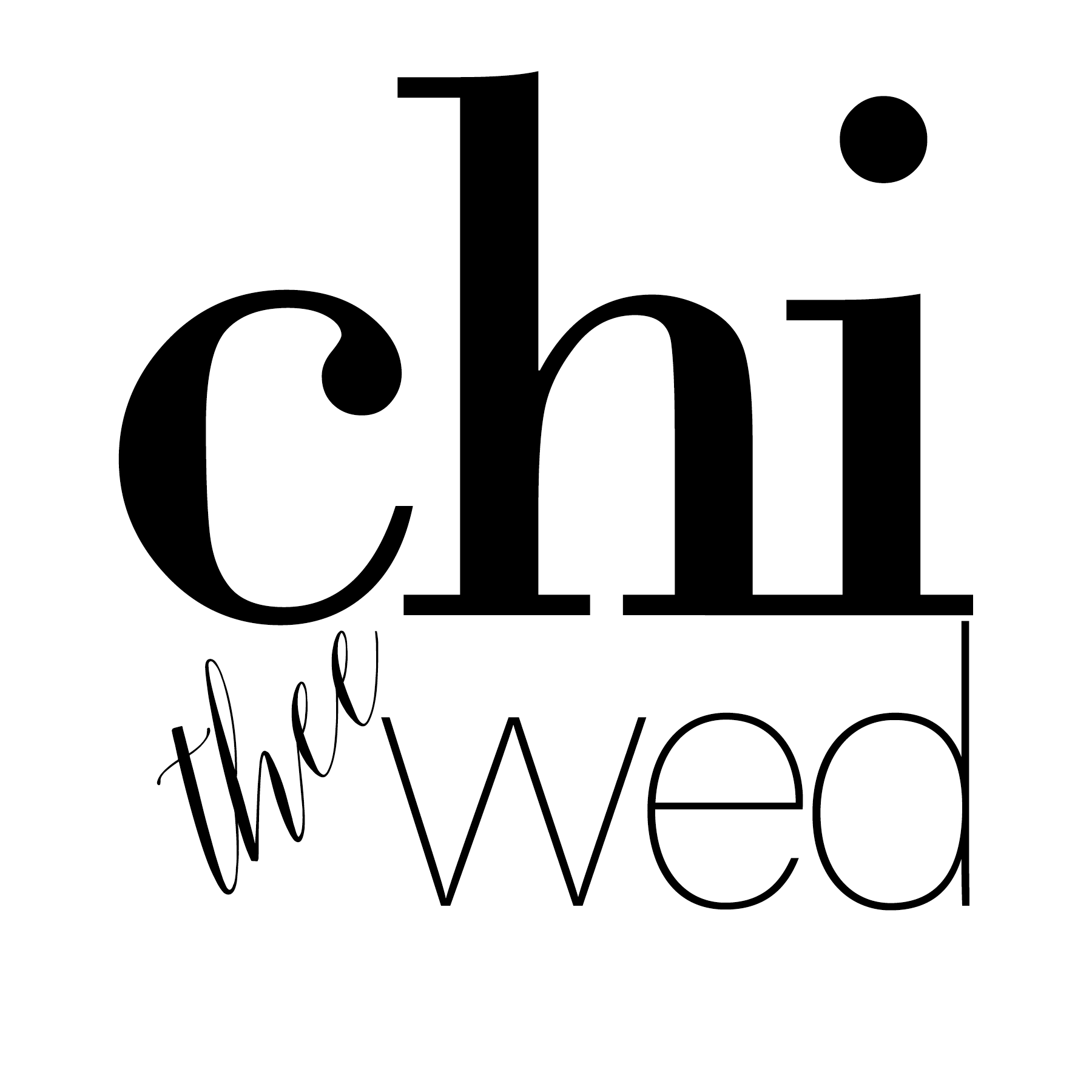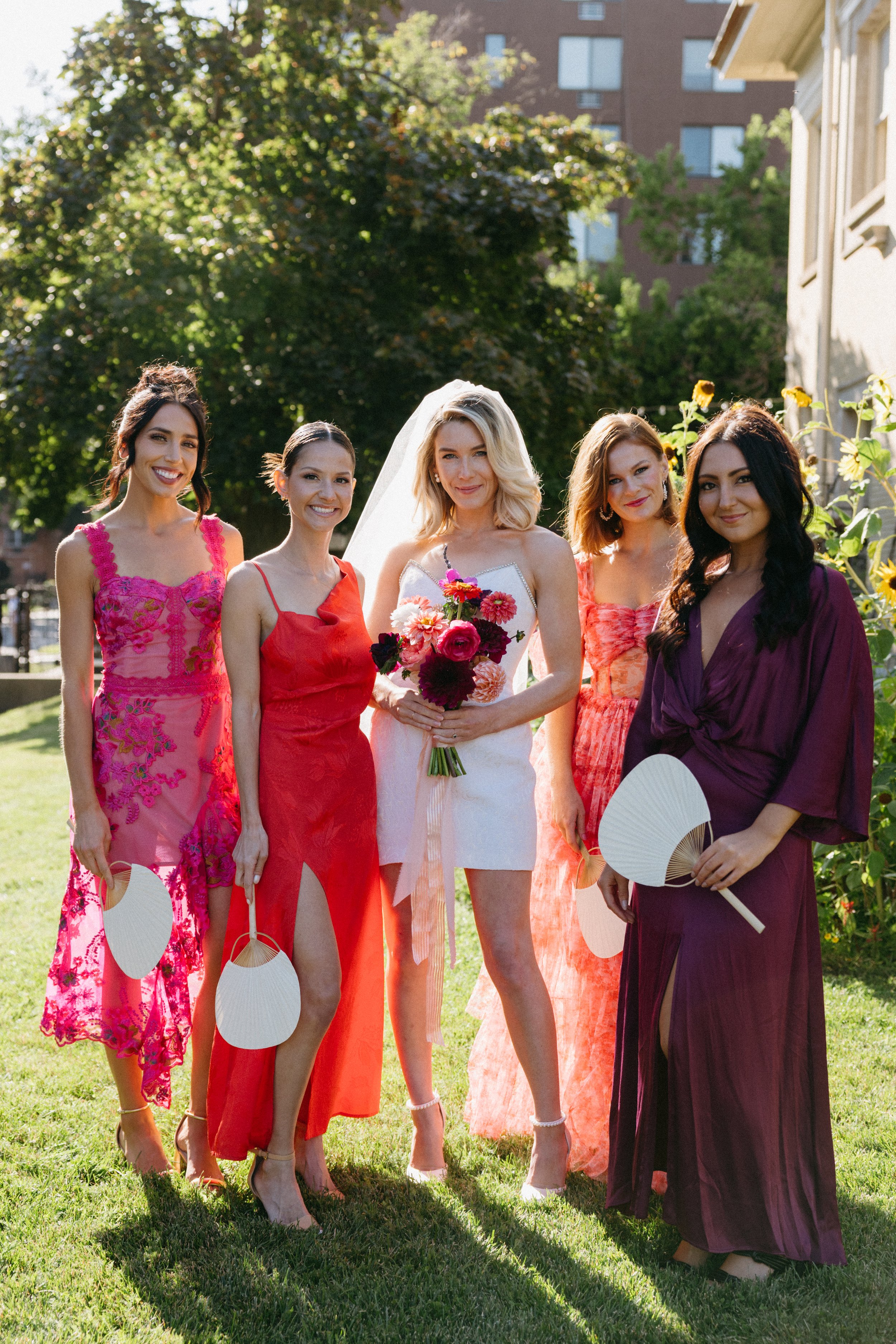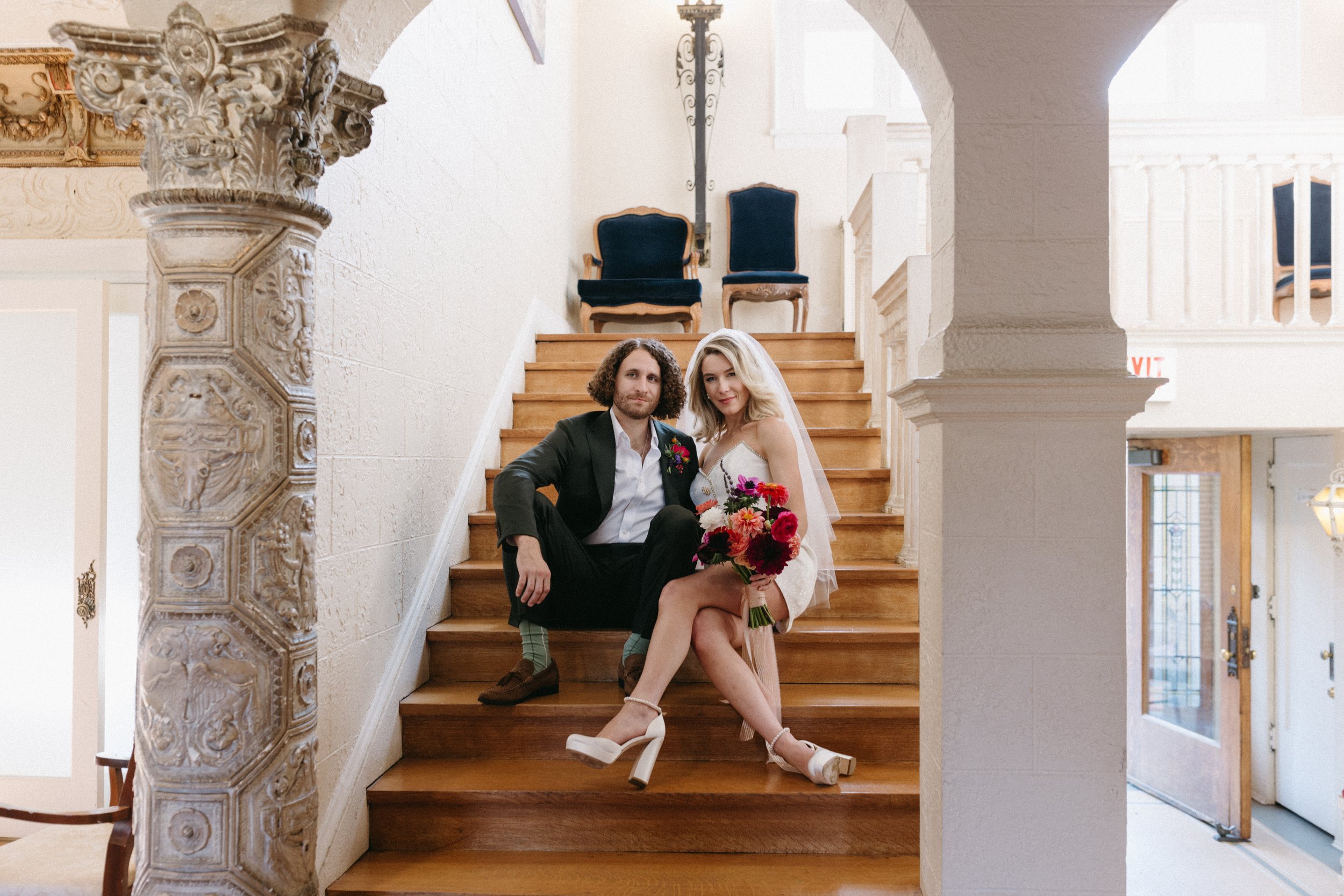Non-Traditional Weddings: The New Tradition for Modern Couples
Written by Curator and Owner of Designed and Detailed Event Management, Alison Grossman
In a world where tradition and innovation often collide, modern couples are increasingly embracing a refreshing take on the classic wedding. Gone are the days when a wedding had to follow a rigid set of traditions. Today, "non-traditional" has become the new norm, with couples opting for celebrations that reflect their unique personalities and preferences.
Breaking Away from the Old School
Several traditional wedding elements are being reimagined or entirely replaced. These changes are not just fleeting trends but a testament to evolving tastes and lifestyles. Here's a closer look at some of the most common wedding traditions being rethought:
1. Gimmicky Introductions
The grandiose, often gimmicky introductions of the bridal party have long been a staple at weddings. From elaborate choreography to over-the-top entrances, these introductions were once the highlight of the reception. However, many couples are now opting for more understated, personalized introductions that reflect their authentic selves. This shift allows for a more intimate and meaningful celebration, rather than one dominated by flashy theatrics. We are seeing most couples opt to only introduce themselves!
2. Cutting the Wedding Cake
The ritual of cutting the wedding cake has been a beloved tradition for generations. Yet, as culinary preferences evolve, so does the way couples choose to celebrate. Instead of the traditional cake cutting, many are opting for dessert bars, donut walls, or gourmet dessert stations that offer a wider array of sweet treats. This change not only caters to diverse tastes but also adds a fun, interactive element to the reception.
3. Wedding Party Dynamics
The concept of a traditional wedding party, with bridesmaids and groomsmen in matching attire, is being reimagined. Couples are increasingly choosing to forgo a wedding party altogether or opting for a more relaxed approach, such as having close friends or family members play special roles without the formalities. This shift helps to alleviate the pressures and expectations often associated with wedding party roles, allowing for a more inclusive and personalized experience.
4. Sit-Down Dinners vs. Cocktail Parties
One of the most significant changes in wedding receptions is the move away from formal sit-down dinners. Traditional plated meals, while elegant, can often feel rigid and impersonal. In response, many couples are embracing upscale cocktail parties, where guests can mingle and enjoy a variety of gourmet appetizers and small plates. This approach encourages a more relaxed atmosphere, promotes socializing, and provides a more flexible dining experience that can cater to diverse tastes and dietary needs.
Embracing Personalization
The shift away from traditional wedding elements underscores a broader trend toward personalization. Modern couples are seeking to create celebrations that are a true reflection of their identities, values, and preferences. By moving away from standard practices and incorporating elements that are meaningful to them, they are setting new standards for what a wedding can be.
The Future of Weddings
As weddings continue to evolve, it's clear that the new traditions are all about flexibility, authenticity, and personalization. While some classic traditions may still hold appeal, many couples are finding joy in creating their own customs and experiences. This evolving landscape allows for more creative and meaningful celebrations, making each wedding truly unique.
In the end, whether it’s a lavish cocktail party or a simple, intimate gathering, the essence of a wedding remains the same: celebrating love and commitment in a way that feels right for the couple. So, as we look to the future, one thing is certain—non-traditional is here to stay as the new tradition, bringing with it a fresh and exciting approach to tying the knot.



